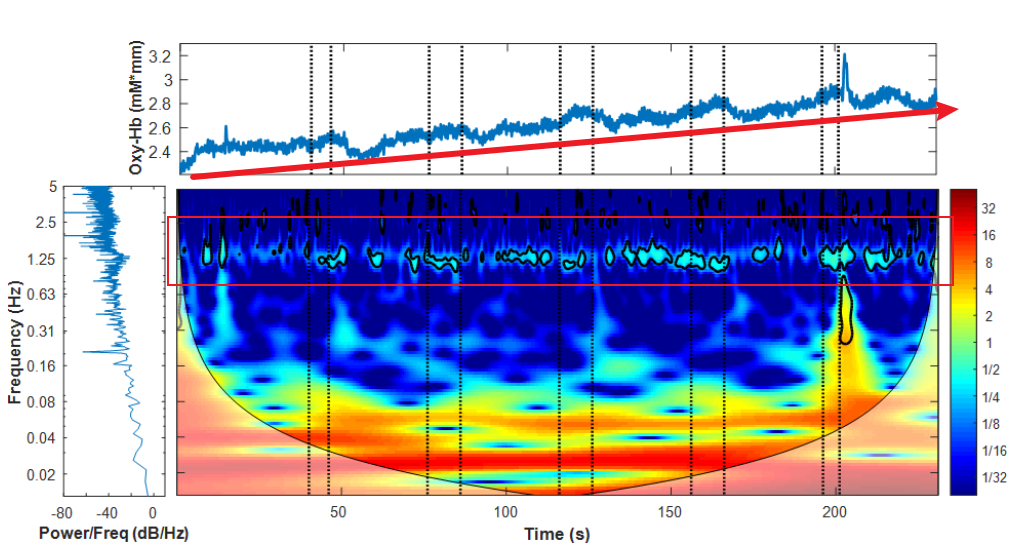Near Infrared Noise Recognition
In the previous article, we detailed the structure of the brain and the composition of neural signals. This article goes on to describe the sources of noise in the NIR, and their characterization. In general, there are three different sources of noise that affect NIR spectral data .
This type of noise is non-physiological and is associated with electrical noise generated by the NIR spectrometer instruments, computers, external light sources, or other operating hardware (as shown). Electrical noise tends to show up as high-frequency burrs in the signal. Because the sampling frequency of NIR spectroscopy equipment is usually higher than the typical frequency of hemodynamic fluctuations, much of the instrumental noise can be separated from the NIR spectroscopy signal by low-pass filtering the data (Rojas, n.d.). In addition overheating of the machine can cause the data signal to undergo slow wave drift.
Instrument High Frequency Noise
Motion artifacts manifest as large jumps in the amplitude of the light signal (as shown in the figure). Such large jumps are often due to the subject's body movements, especially head movements that cause the optical poles and scalp to shift. Typically, these motion artifacts are several orders of magnitude larger than the expected variance of the light signal, and based on this property, motion artifacts can be easily recognized as outliers in the data (Lee et al., 2017).
In general the physiological fluctuations measured by fNIRS are categorized into four main frequency bands (as shown in the figure). These bands correspond to heartbeat (0.8- 1.5 hz), respiration (0.16 - 0.6 Hz), low-frequency oscillations (LFOs) (0.08 - 0.15 Hz) including arterial blood pressure, and very low-frequency oscillations (VLFOs) (0.02 - 0.08 hz) which in which there is autonomic nervous system activity. Although these signals affect fNIRS measurements, the absence of these physiological components in fNIRS measurements indicates low data quality. This is usually processed using principal component analysis or wavelet filtering (Chaddad, 2014; Fernandez Rojas et al., 2017).
Spectrogram of near-infrared signals
Noise in real experiments
In the previous article we learned that in experiments, NIR signals are often a mixture of multiple noises and signals. In time series analysis, long time data acquisition can cause signal baseline drift, and the equipment also generates high frequency noise. Head movements show large distortions. Heartbeat changes once a second and respiration changes once in 3-5 seconds. Blood pressure, on the other hand, changes slowly and is basically hard to detect with the naked eye (see figure). And in time-frequency analysis, we can see a distinct band of light around 1 Hz, which is often a way for us to determine the quality of the data (Rojas, n.d.).
Actual near-infrared mixed signals
Time domain, frequency domain, and joint time-frequency domain plots in the near infrared
Thank you for reading our tweets, we hope they provide you with useful information. If you have any questions about NIR noise identification or would like to know more, please feel free to contact us. We will be happy to answer your questions and provide support. Thank you!
Chaddad, A. (2014). Brain Function Diagnosis Enhanced Using Denoised fNIRS Raw Signals. Journal of Biomedical Science and Engineering, 07(04), 218-227.
Fernandez Rojas, R., Huang, X., Hernandez-Juarez, J., & Ou, K.-L. (2017). Physiological fluctuations show frequency-specific networks in fNIRS signals during resting state. 2017 39th Annual International Conference of the IEEE Engineering in Medicine and Biology Society (EMBC), 2550-2553.
Lee, G., Lee, S. H., Sang, H. J., & An, J. (2017). Baseline drift detection index using wavelet transform analysis for fNIRS signal. 2017 5th International Winter Conference on Brain-Computer Interface (BCI), 73-76.
Rojas, R. F. (n.d.). Development of an Objective Pain Assessment using Functional Near-Infrared Spectroscopy and Machine Learning.
Beijing Everloyal technology co., LTDIt is a new type of high-tech enterprise based on psychological human factors, driving human factors, biomechanics, user experience, virtual reality and other directions, integrating production, research and development, sales and technical services, and has been successfully selected for the list of high-tech enterprises in Zhongguancun.
The driving human factors system, virtual reality graphical editing software, light environment psychological assessment system and psychological and human factors experimental teaching system developed by Hengzhi Technology have entered the domestic market.
As the sole agent of Poland Cortivision NIR, Russia Mitsar EEG in China, the sole agent of Italy BTS surface EMG and other biomechanical and gait analysis products in China, and the sole agent of Netherlands Noldus Behavioral Science, Sweden Tobii Eye Motion Instrument, Netherlands MindMedia Physiology and Biofeedback, US Biopac Physiology, US ETT The domestic licensed agent of products such as olfactory/taste stimulator. The high-tech products operated have served the top universities and the highest level of scientific research units in China, including Tsinghua University, Beijing Normal University, Northeast Normal University, Yanshan University, Qiyuan Laboratory, Xi'an University of Architecture and Technology, Northwest Agriculture and Forestry University of Science and Technology, Shenzhen University of Technology, Xi'an University of Science and Technology, Shanghai University, the Second Institute of Aerospace, 27 and 28 of China Electronics Technology Group, while providing technical support for ink Netease, Huawei technology to provide technical support, in the field of talent training, scientific research cooperation, transformation of results and other scientific and technological areas of continuous in-depth cooperation.
This article comes from the WeChat public number: EVERLOYAL
![]()
![]()
![]()
![]()
![]()
![]()
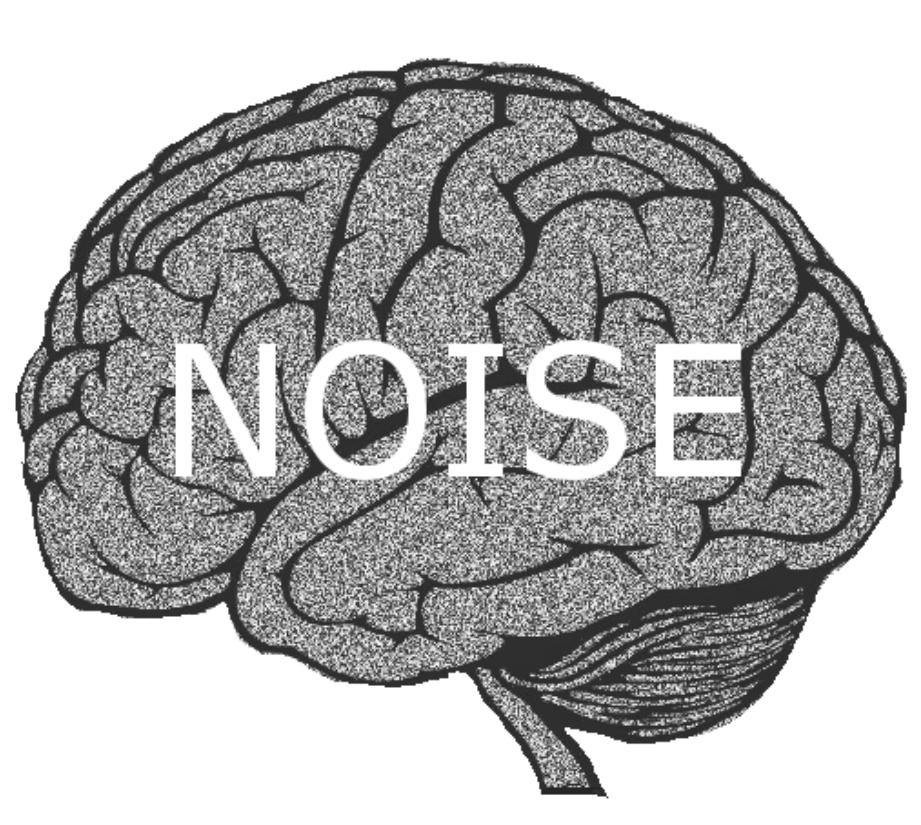

![]()
![]()
![]()
![]()
![]()
![]()
![]()
![]()
![]()
![]()
![]()
![]()
![]()
![]()
![]()
![]()
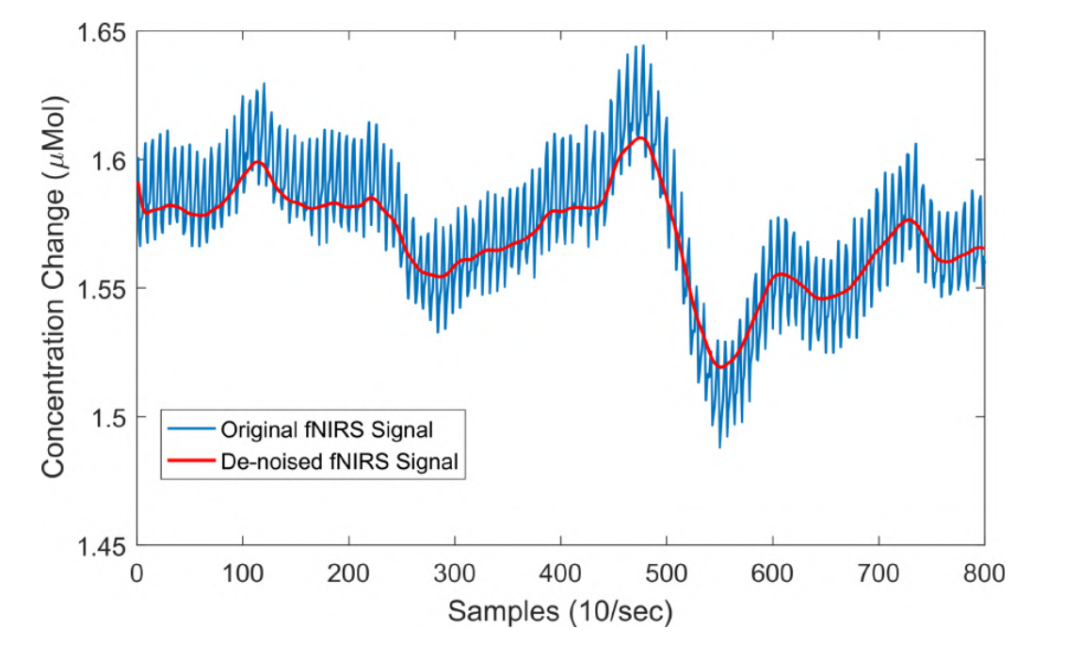

![]()
![]()
![]()


![]()
![]()
![]()
![]()
![]()
![]()
![]()
![]()
![]()
![]()
![]()
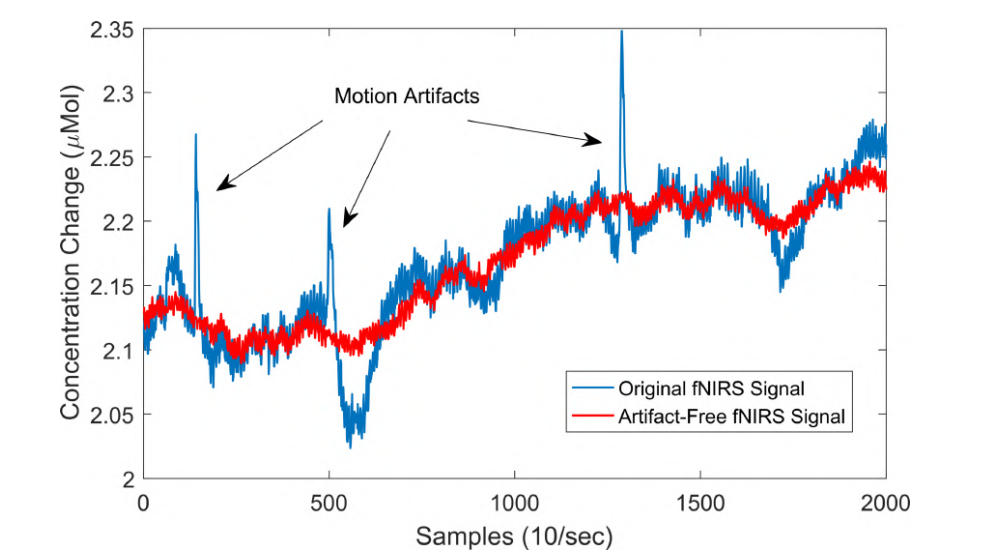

![]()
![]()
![]()
![]()
![]()
![]()
![]()
![]()
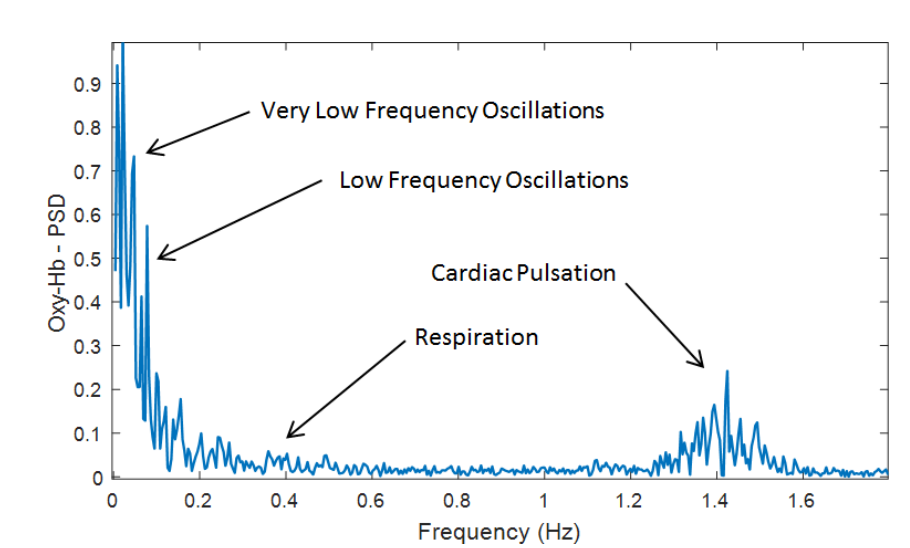

![]()
![]()
![]()
![]()
![]()
![]()
![]()
![]()
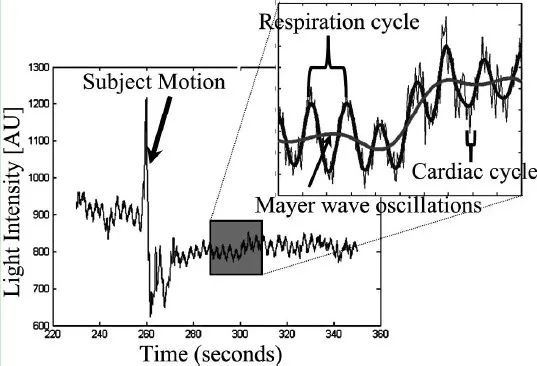

![]()
![]()
![]()
![]()
![]()
![]()
